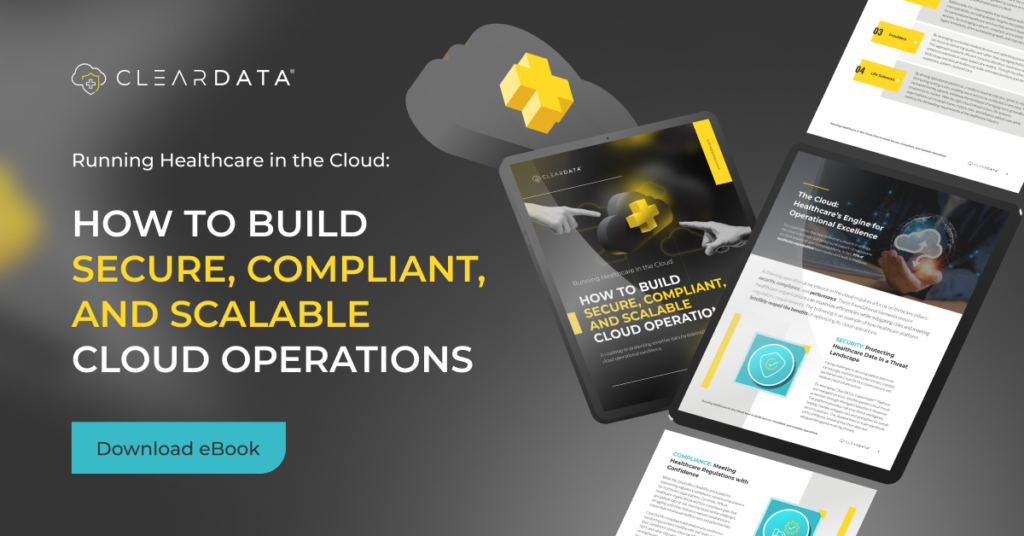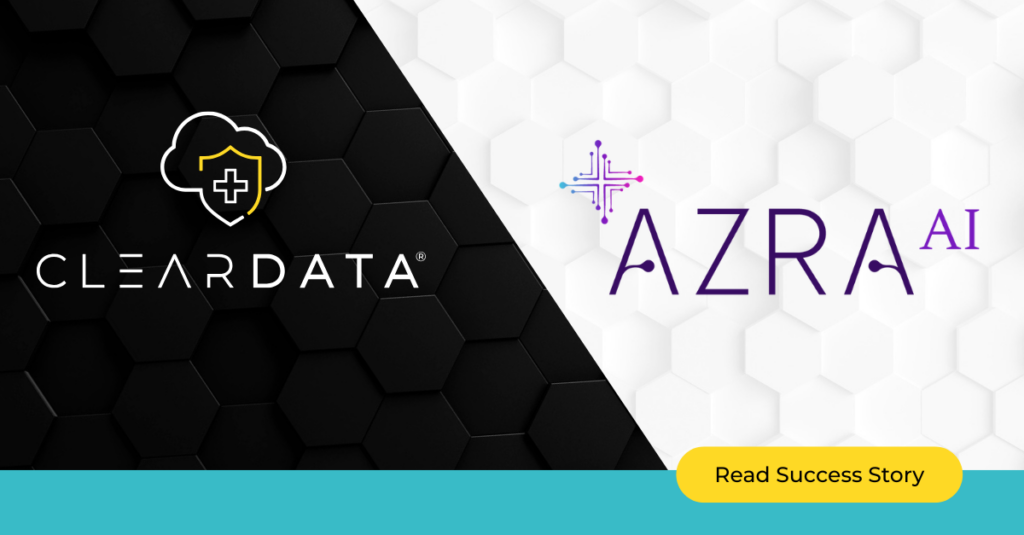Serverless computing has revolutionized how teams build and deploy modern applications. By removing the need to manage physical servers, this architecture lets developers focus solely on delivering code. Whether you’re using AWS, Google Cloud Functions, or Azure Functions, serverless promises speed, scalability, and cost efficiency.
But here’s the catch—serverless applications come with unique security challenges. Without proper precautions, these ephemeral environments can turn into entry points for cyber threats.
Let’s explore the basics of serverless security, highlights its key challenges, and provides actionable steps to ensure your applications remain secure.
What Is Serverless Security?
Serverless architecture, also known as Functions-as-a-Service (FaaS), allows developers to run code without needing to provision or manage servers. Events such as an HTTP request or file upload trigger the execution of this code, and once the task is complete, the infrastructure shuts down automatically.
Where traditional environments involve static servers or virtual machines with long lifespans, serverless is event-driven and dynamic. This flexibility significantly changes the security approach, introducing complexities such as abbreviated lifecycles and invisible infrastructure. Serverless security focuses on protecting these dynamic, cloud-native environments. It covers issues ranging from insecure APIs to runtime threats, ensuring the entire application workflow is safeguarded.
The shared responsibility model plays a role here, outlining the division of security tasks between cloud providers and users. Cloud providers take responsibility for securing the underlying infrastructure, including hardware, software, networking, and physical facilities that support the cloud. This ensures that the foundational layers of the cloud environment are protected against threats.
On the other hand, the responsibility for securing anything built or deployed within the cloud falls to the user. This includes safeguarding application logic, properly configuring cloud resources, managing permissions, and protecting sensitive data. For example, users must implement strong access controls, regularly update and patch their applications, encrypt data, and monitor for suspicious activity.
Failing to properly fulfill these responsibilities can leave vulnerabilities, even in a secure cloud infrastructure. Therefore, understanding and adhering to the shared responsibility model is crucial for maintaining a robust security posture in cloud environments.
Key Security Risks in Serverless Applications
While the serverless model eliminates some traditional security concerns, it also introduces new vulnerabilities. Below are the most common risks organizations face.
1. Unsecured APIs and Event Triggers
Serverless applications depend heavily on APIs and various event sources (e.g., message queues, storage buckets). If left misconfigured, these endpoints can be hijacked or exploited by attackers. For example, an insecure API might allow an unauthorized user to invoke a function, causing malicious activity.
2. Excessive Permissions and Privilege Escalation
The principle of least privilege is often neglected when managing serverless functions. Granting excessive privileges to roles or functions increases the risk of a security breach, as attackers can use privileged accounts to access sensitive resources.
3. Injection Attacks and Vulnerable Dependencies
Serverless functions frequently rely on external libraries and dependencies for execution, but these can contain vulnerabilities. Attackers may exploit unvalidated input via SQL injection, cross-site scripting, or other techniques, causing your functions to behave in unintended ways.
4. Lack of Monitoring and Visibility
Because serverless workloads are ephemeral and short-lived, tracking them in real time requires specialized tools. Traditional monitoring systems often fail to provide the level of observability needed to detect anomalies in serverless environments.
5. Regulatory and Data Privacy Risks
Industries like healthcare and finance must adhere to strict compliance standards such as HIPAA, HITRUST, or GDPR. Improper configuration or data leakage in your serverless workloads can lead to costly fines and a tarnished reputation.
Best Practices for Securing Serverless Applications
To mitigate potential risks, organizations should adopt best practices. Here’s how you can secure serverless applications effectively.
1. Adopt Least Privilege Policies
It’s important to review and restrict the permissions assigned to each function. Rather than providing broad, overarching access, implement granular Identity and Access Management (IAM) policies tailored to the specific requirements of each function.
2. Scan for Vulnerabilities
Ensure your code and dependencies are free from known vulnerabilities. Incorporate automated scanning tools like static analysis in your CI/CD pipelines to check for potential risks before deployment.
3. Enable Runtime Protection
Deploy runtime security tools designed for serverless environments. These tools monitor active functions, detect anomalies, and block malicious behavior. Runtime protection is essential to safeguarding dynamic workloads as they execute.
4. Secure APIs and Inputs
Validate all inputs to guard against injection attacks. Additionally, secure your APIs with mechanisms like rate limiting, authentication tokens, and encryption to prevent unauthorized access.
5. Monitor Logs and Events Continuously
Enable logging for your serverless functions and integrate with observability platforms. Reviewing logs helps detect suspicious activity, like repeated access attempts or unusual function invocations.
6. Leverage Infrastructure as Code (IaC)
Define serverless resources using code templates like AWS CloudFormation or Terraform. Applying security guardrails in your IaC scripts ensures consistent and secure deployments across environments.
7. Focus on Compliance
For highly regulated industries like healthcare, ensure your organization aligns configurations with legal frameworks such as HIPAA, HITRUST, and HITECH. Ensure encryption is implemented when handling sensitive data, and use location-aware configurations to maintain data residency compliance.
8. Shift Security Left
Incorporate security early in the development lifecycle by adopting a shift left approach. Integrate security checks into your CI/CD pipelines, conduct code reviews with security in mind, and provide developers with tools to identify and fix vulnerabilities during development. This proactive method reduces risks and ensures vulnerabilities are addressed before deployment.
Serverless Security in Regulated Industries
Regulated industries, especially healthcare and finance, face mounting pressure to secure serverless workloads. Data breaches not only compromise sensitive information, but non-compliance in healthcare exposes organizations to costly regulatory penalties.
For example, healthcare organizations deploying serverless applications must comply with stringent healthcare regulations like HIPAA and HITECH. Encrypting patient data, securing APIs connecting EHR systems, auditing access logs, and implementing MFA are examples of critical security measures to protect sensitive healthcare information in the cloud.
Secure Your Sensitive Healthcare Information in the Cloud
Serverless computing opens a world of possibilities for agility and scalability, but it also redefines how we think about security, especially in healthcare environments. By understanding the unique challenges of serverless environments, you can implement strategies to mitigate security risks build in the cloud.
Feel confident while innovating in the cloud. Speak with a ClearDATA healthcare cloud security expert today.
Speak with an expert
FAQ
What is serverless security?
Serverless security refers to the practices and techniques designed to protect serverless applications, which run in cloud environments without the need for developers to manage infrastructure. Security in these setups focuses on guarding against risks like insecure APIs, unauthorized access, and vulnerable dependencies while ensuring compliance with data privacy regulations.
How do you secure serverless applications?
To secure serverless applications, you can follow these strategies:
- Implement least privilege IAM policies to limit access to critical resources.
- Scan code and dependencies for vulnerabilities before deployment.
- Enable runtime protection to monitor and block suspicious activity.
- Secure APIs and validate inputs to prevent injection attacks.
- Continuously monitor and audit logs to identify and respond to threats quickly.
Is serverless architecture secure by default?
No, serverless architecture is not secure by default. While cloud providers manage the underlying infrastructure, security within the application, including configurations, code, and permissions, remains the responsibility of developers. It’s crucial to follow best practices, such as establishing strict access controls and continuously monitoring activity, to ensure security.
What are best practices for serverless security?
- Use zero-trust principles to verify and authenticate access at every level.
- Regularly scan functions for secrets and vulnerabilities in your code.
- Implement secure configurations for APIs and enforce input validation.
- Enable runtime protection to detect malicious activity in real time.
- Conduct regular log audits and monitor system activity for unusual patterns.
Proactively following these steps ensures that serverless applications are both resilient and compliant.



